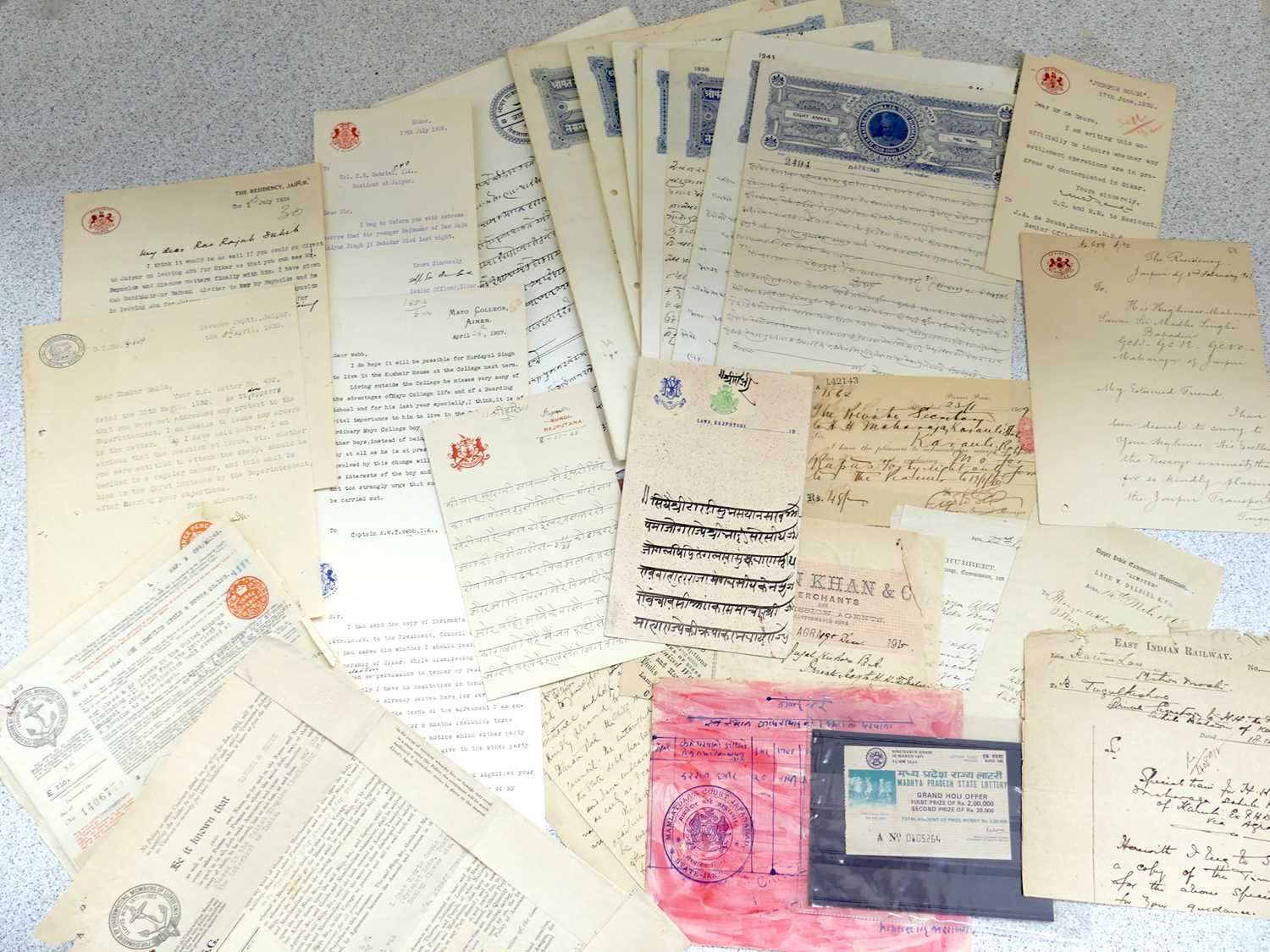George V Wreath Crowns
Our 9th December Coins, Medals & Militaria auction includes a collection of George V 'wreath' crowns. These rare coins were minted in low numbers for commemorative purposes, but crowns have a long history linked to royalty, trade, and wars.
The origins of British crowns (coinage, not headwear) lay in the English crown, which was introduced by Henry VIII in August 1526 with a value of four shillings and sixpence. In October of the same year, due to the rising value of gold, it was superseded by a new crown, which had the more convenient value of five shillings. These first crowns were struck in gold and were known as the 'crown of the double rose' with the legend "Henry VIII, a dazzling rose without a thorn"; a highly debatable claim!
he first silver crown was produced in 1551 depicting Edward VI on horseback, and was the first English coin to show the date in Arabic numerals. This was one of many silver coins that appeared across Europe from the 16th century onwards, the most famous example perhaps being the pirate favourite 'pieces of eight' from Spain. They were all of a similar size and weight (approx. 38mm diameter and containing approx. 25 grams of fine silver) which meant that they were interchangeable in burgeoning international trade. In England, gold and silver crowns were struck concurrently until early in the reign of Charles II, when minting of the gold crown ceased.
Due to the wars against France and the United States in the 18th century, there was an acute shortage of silver and no crowns were issued for the 67 years from 1751. Interestingly, a number of Spanish and South American pieces of eight, which had been captured, were circulated unofficially. By 1797 the need for a crown sized coin was becoming evident, so the decision was made to over-stamp the Spanish coins with an oval bearing the head of George III. These coins were valued at 4s9d, thus eliciting comments such as 'Two Kings' heads are not worth a Crown'.
The British crown was always a heavy coin (approx. 28g / one ounce), and from the 19th century it declined from being a means of exchange to being a coin minted for commemorative purposes only. Therefore, crowns were usually 'struck' in a new monarch's coronation year only; including every monarch from King George IV to Queen Elizabeth II in 1953, with the single exception of King George V. Originally valued at five shillings (barring the incongruences above), even following decimalisation in 1971, the coin was revised upwards in 1990 to five pounds.
The King George V "wreath" crowns struck from 1927 to 1936 (excluding 1935 when the more common "rocking horse" crown was minted to commemorate the King's Silver Jubilee) depict a wreath on the reverse of the coin and were struck in very low numbers. Generally struck late in the year and intended to be purchased as Christmas gifts, they did not circulate well, with the rarest of all dates, 1934, now in high demand. Mintage of the George V 'wreath crowns'; 1927 - 15,030 (proof only), 1928 - 9,034, 1929 - 4,994, 1930 - 4,847, 1931 - 4,056, 1932 - 2,395, 1933 - 7,132, and 1934 - 932. George V wreath crowns were minted after the debasement process which took effect in 1920, whereby the silver content of all British coins was reduced from 92.5% to 50% (silver was eliminated from the coinage altogether in 1947).




